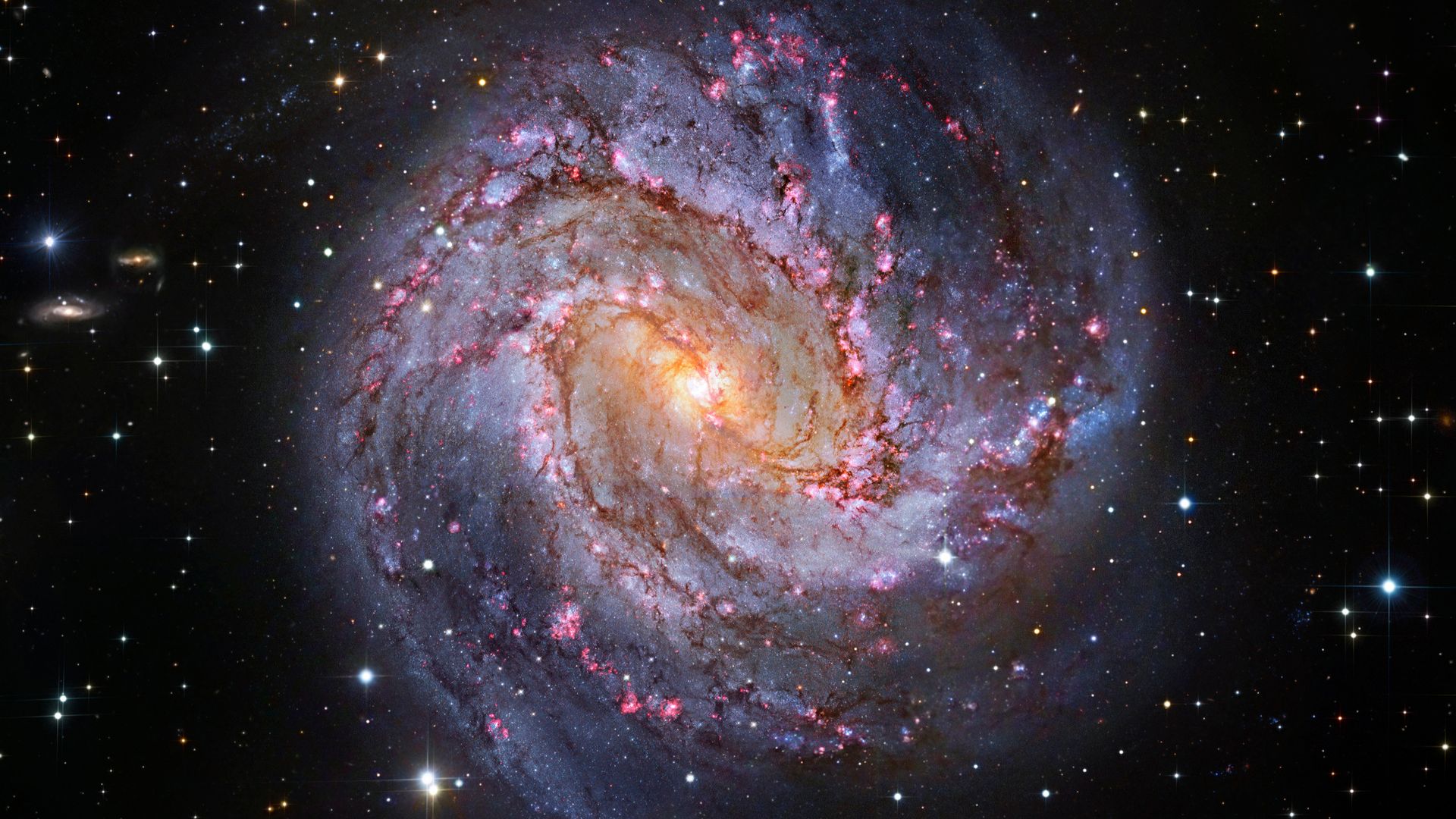Imagine trying to label every star, galaxy, or distant quasar in the sky, millions upon millions of them. Until now, this job relied heavily on a precise but slow method called spectroscopy, which is accurate, but simply can’t keep up with the flood of data from modern sky surveys.
Now, scientists in China have taken a leap forward by building an AI model that can do this job quickly and with astonishing accuracy. Their tool has already sorted more than 27 million cosmic objects in a wide stretch of the sky.
However, it’s not just about saving time, the AI could completely change how we explore and understand the universe, making it possible to go through large data sets and uncover hidden patterns and rare celestial objects that were previously missed.
AI harnesses shape and spectrum
The team, led by researchers at the Yunnan Observatories, tackled a long-standing problem in astronomy. Many stars and quasars look alike in images, tiny, bright dots. Galaxies, depending on how far they are, can also appear similarly small.
Relying on just how things look (their shape or structure) often leads to confusion. Using light patterns (called spectral energy distribution, or SED) helps, but by itself, it still leaves room for error, especially for faint or distant objects.
So, the researchers designed a neural network, a type of artificial intelligence that learns from data. It is capable of handling two types of input at once: the morphological features (how an object looks) and its SED features (how its brightness varies across different wavelengths).
This dual-input approach gave the model a better grip on the subtle differences between stars, galaxies, and quasars. They trained their model on spectroscopically confirmed sources from the Sloan Digital Sky Survey’s 17th data release, a trusted database with known object types.
Then, they tested it using images from the Kilo-Degree Survey (KiDS), focusing on objects brighter than r = 23 magnitude. The model processed data covering about 1,350 square degrees of sky and successfully classified over 27 million sources.
“This MNN successfully leverages both morphological and SED information to enable efficient and robust classification of stars, quasars, and galaxies in large photometric surveys,” the study authors note.
To check how reliable the model was, they tested it on other datasets. When applied to 3.4 million sources from the Gaia mission, mostly stars with known distances or motions. It correctly labeled 99.7 percent as stars. A similar success rate was seen with data from the GAMA survey, where the model accurately classified 99.7 percent of galaxies and quasars.
Moreover, the AI even spotted past mistakes. Some objects labeled as stars in previous catalogs were actually galaxies, and the model managed to reclassify them correctly. This shows it could improve existing astronomical databases, too.
This AI tool arrives at just the right time. With new sky surveys set to observe billions of objects in the coming years, astronomers need fast, accurate systems to handle the overload. This model doesn’t replace spectroscopy, but it dramatically expands what we can do with photometric data alone.
It could help discover rare types of stars or distant quasars, trace the structure of galaxies, and study how the universe evolved. However, the tool also has its limits. For instance, its accuracy depends on the quality of training data, and its performance may vary when used with other surveys that look at different parts of the sky or use different instruments.
The researchers now aim to improve the model’s ability to handle even fainter objects and adapt it to future surveys. In short, they’ve handed astronomy a smart assistant, one that sees the universe not just faster, but more clearly.
The study is published in The Astrophysical Journal.
